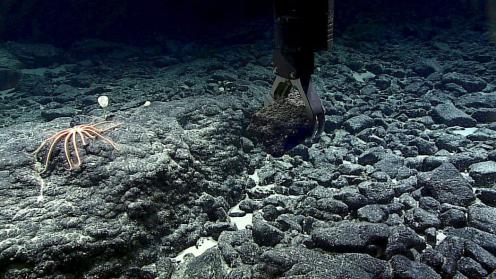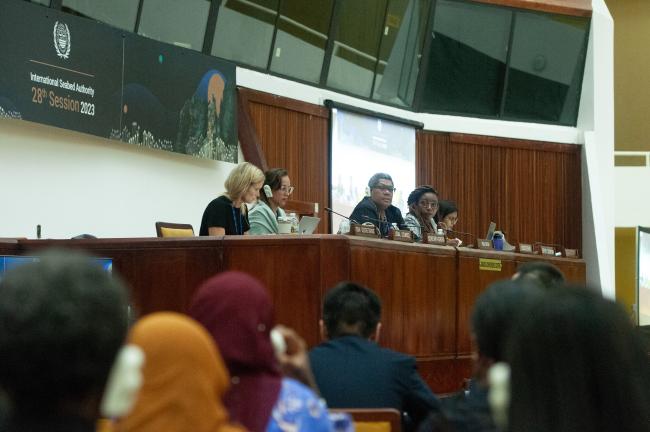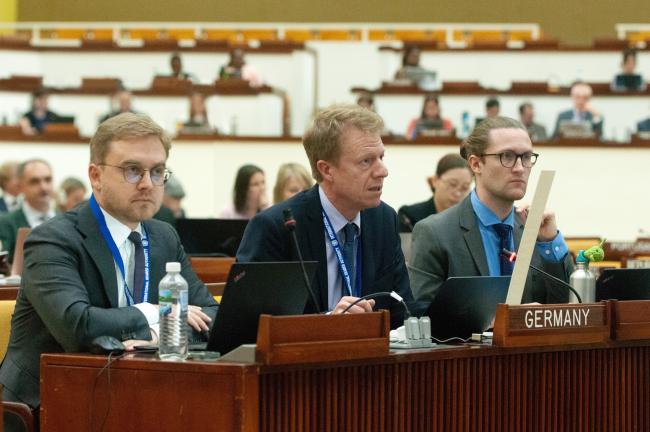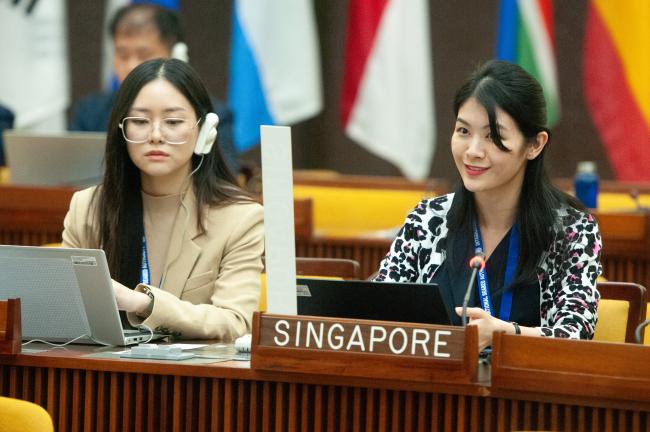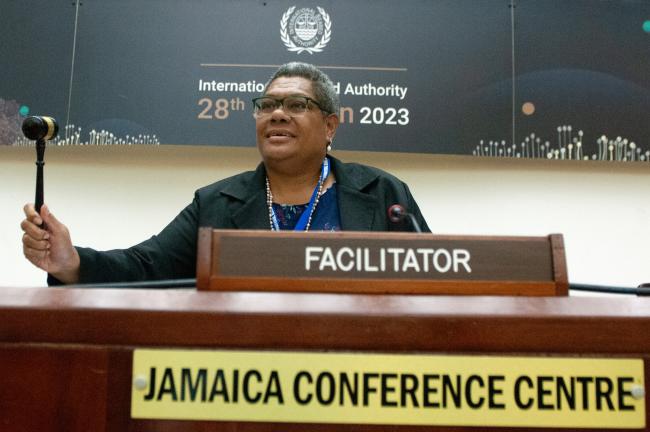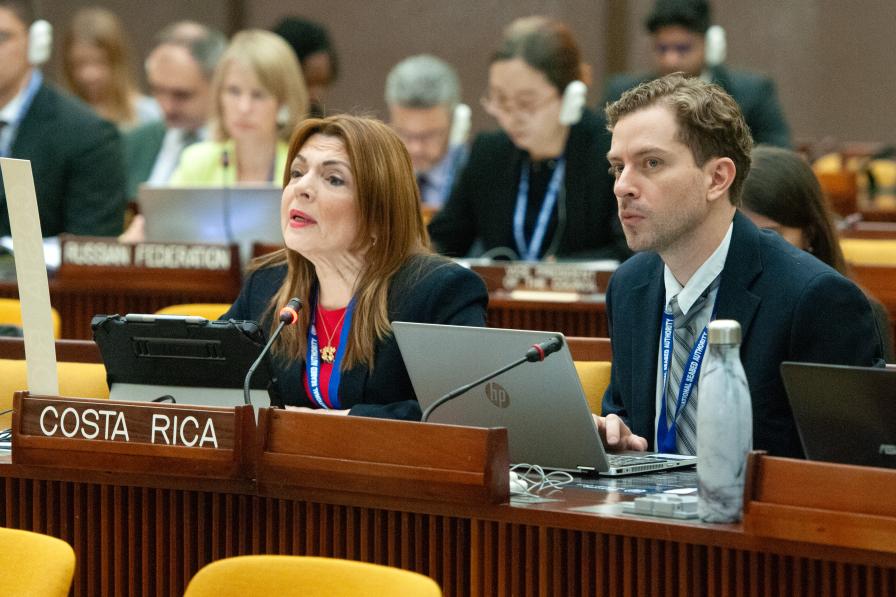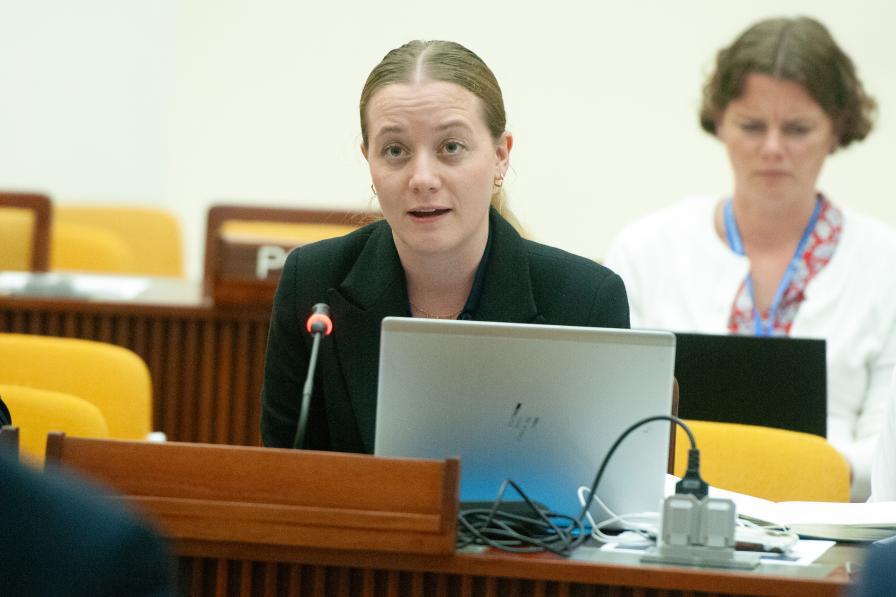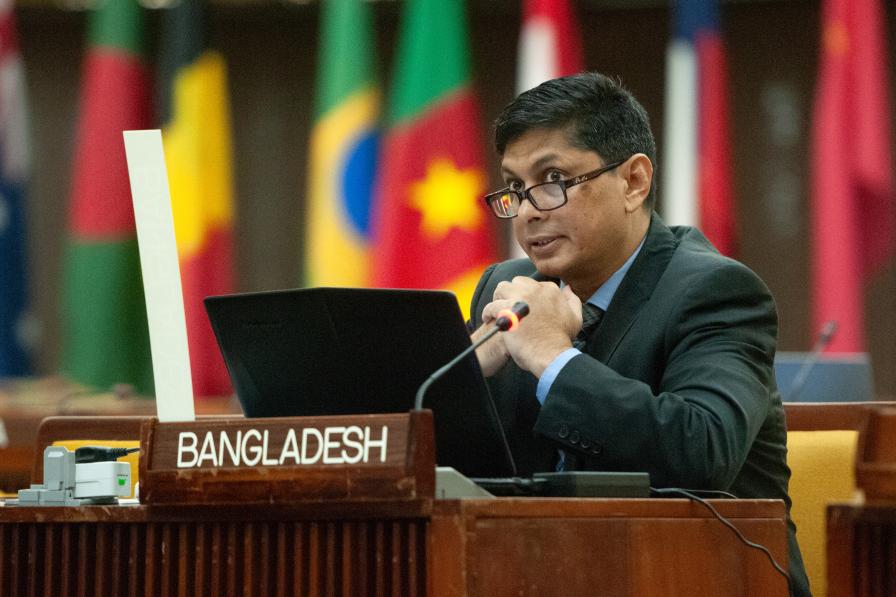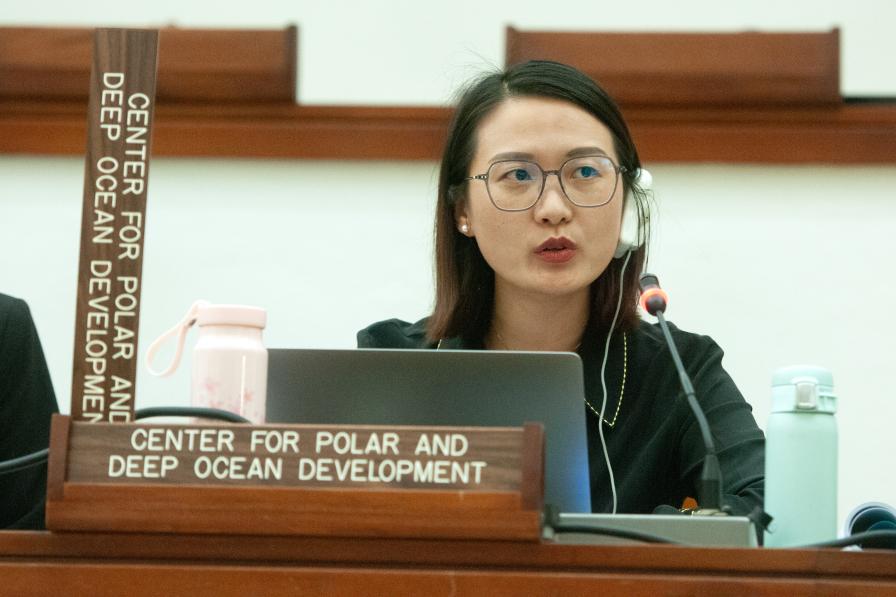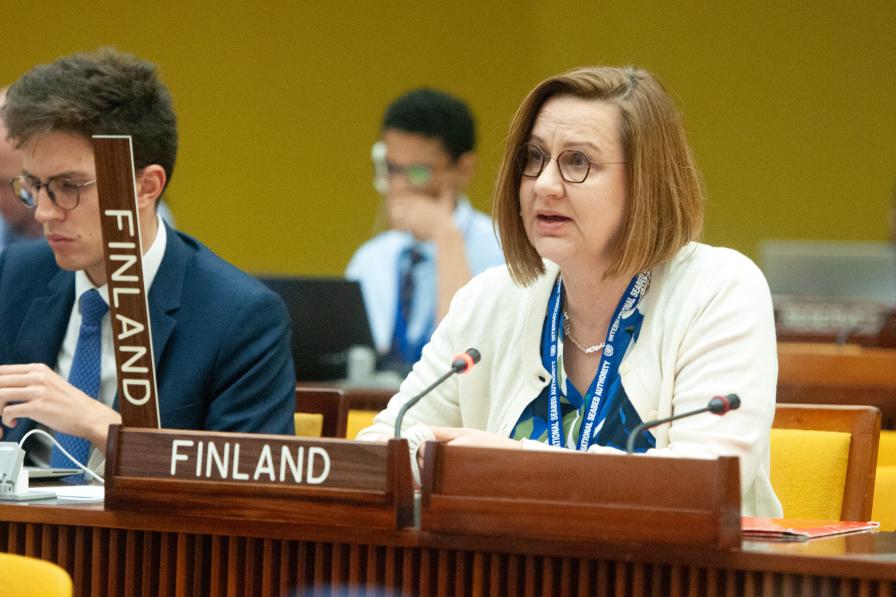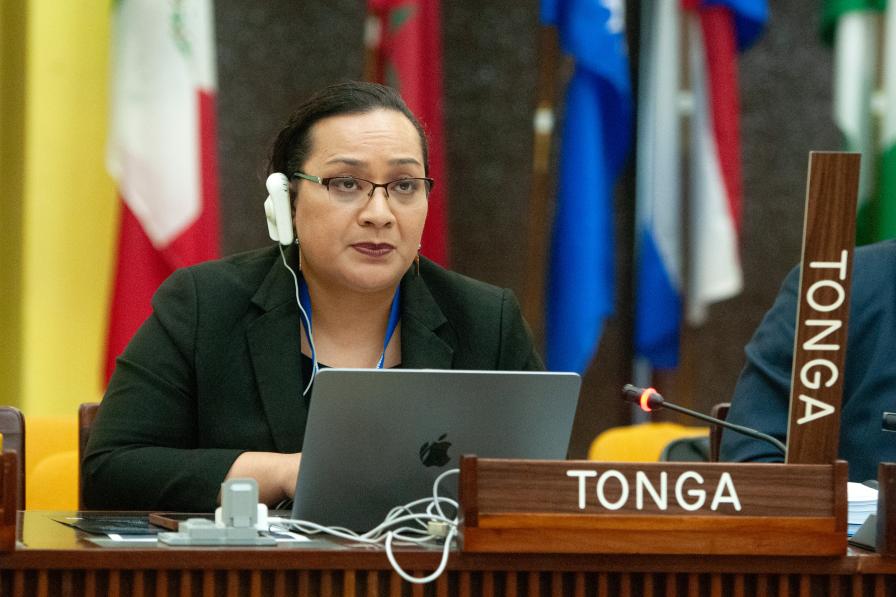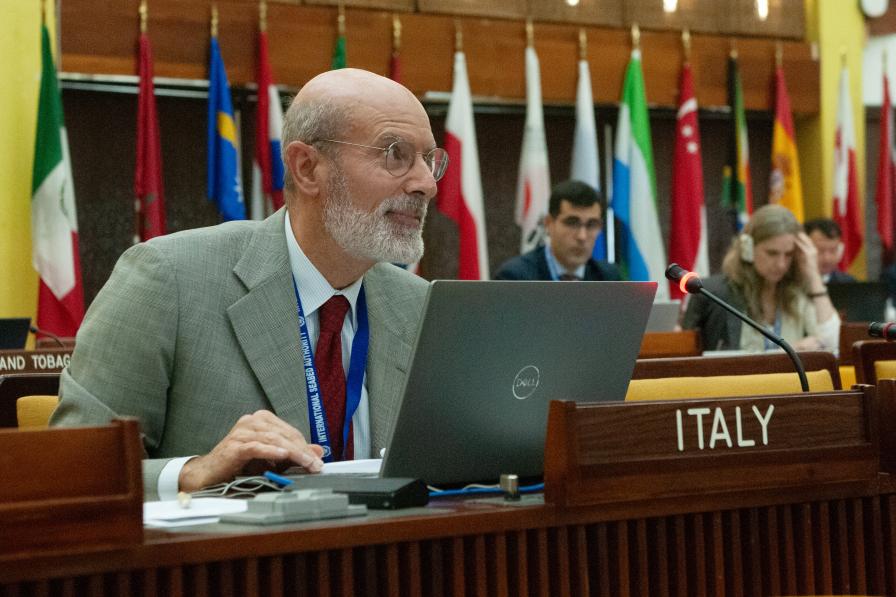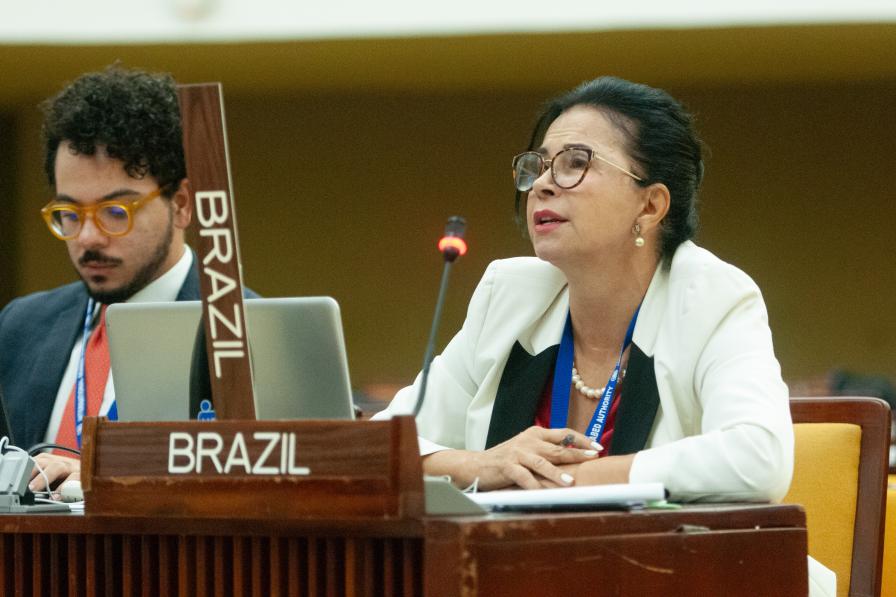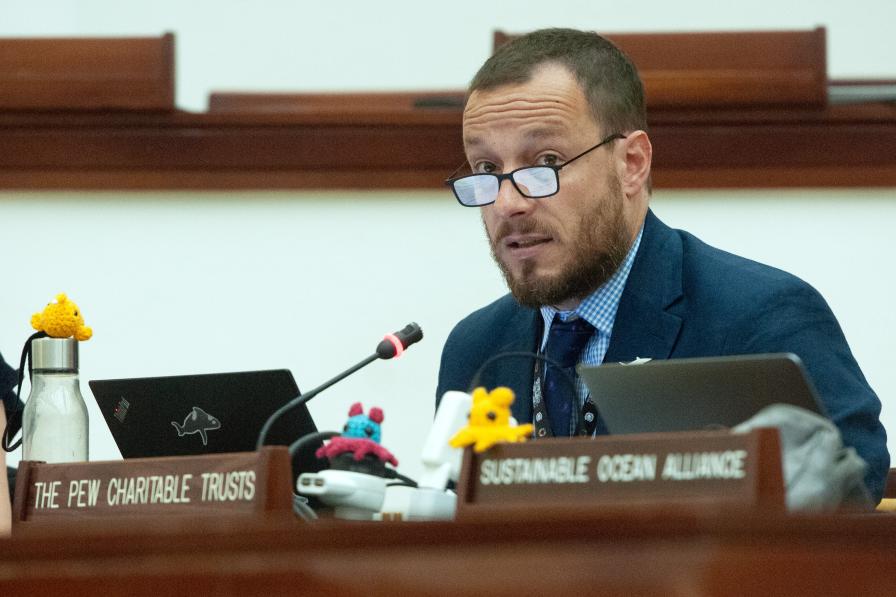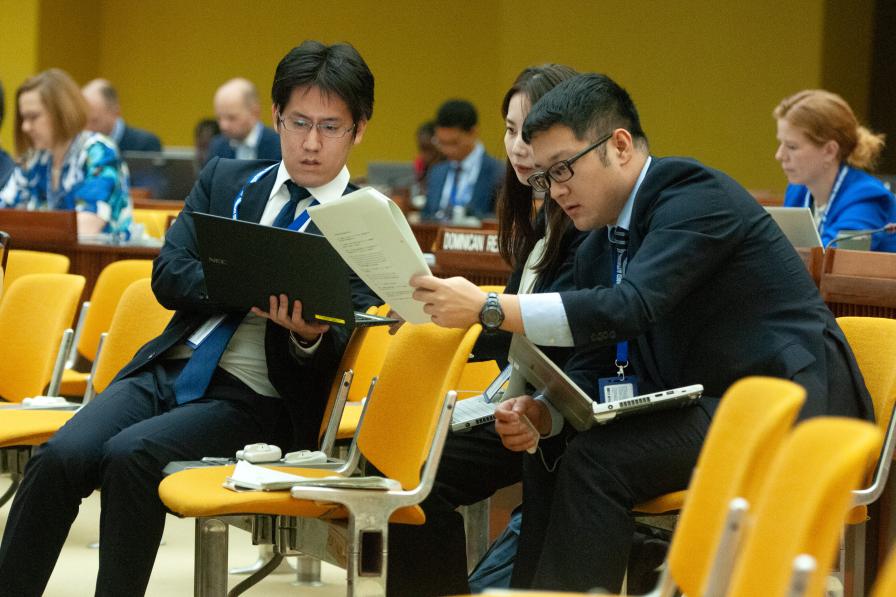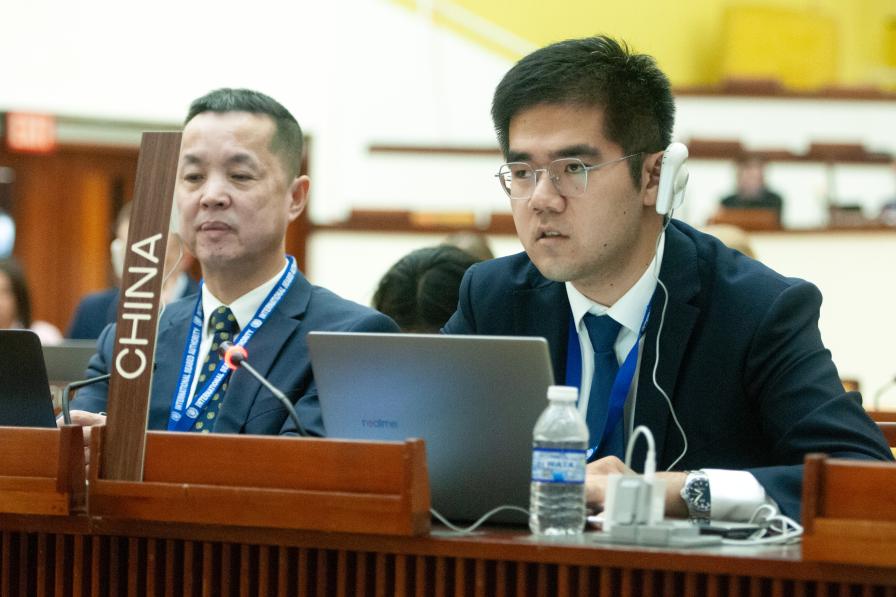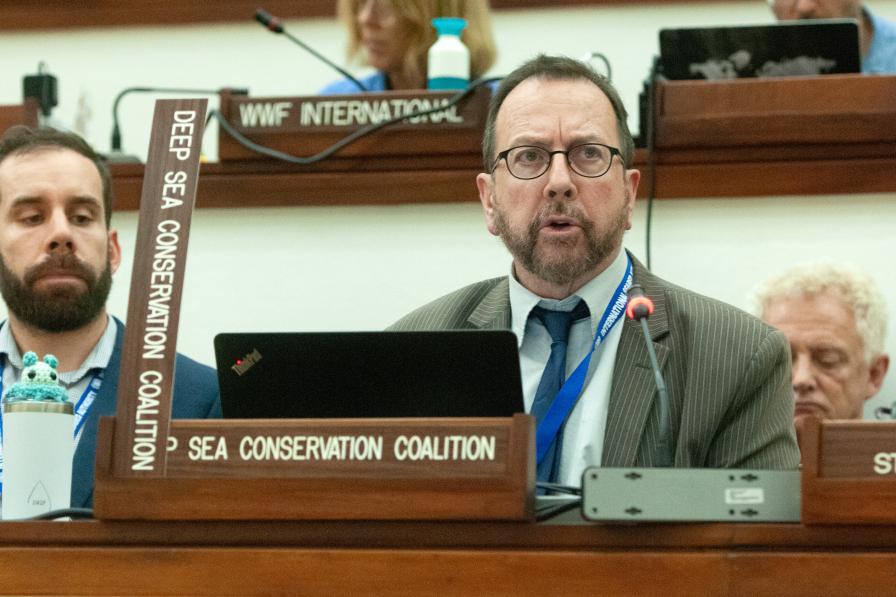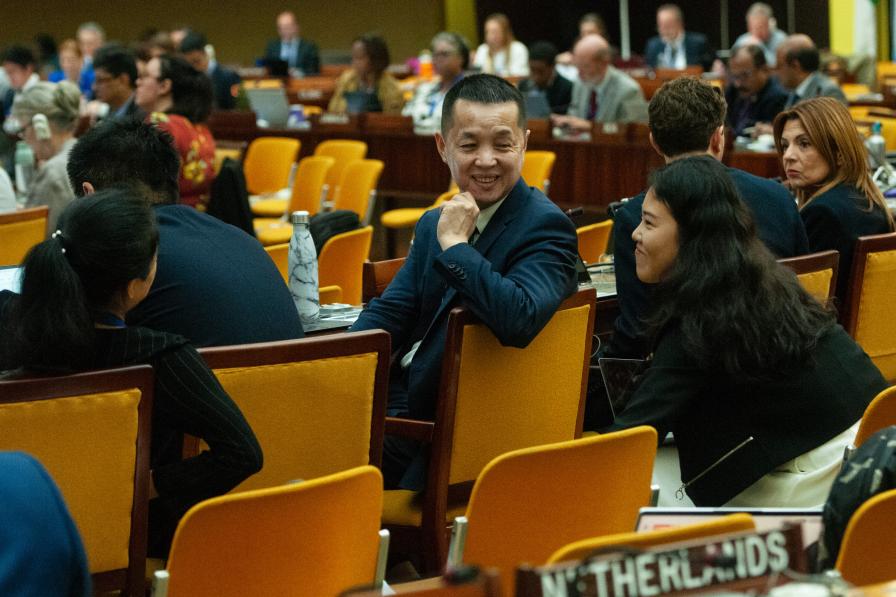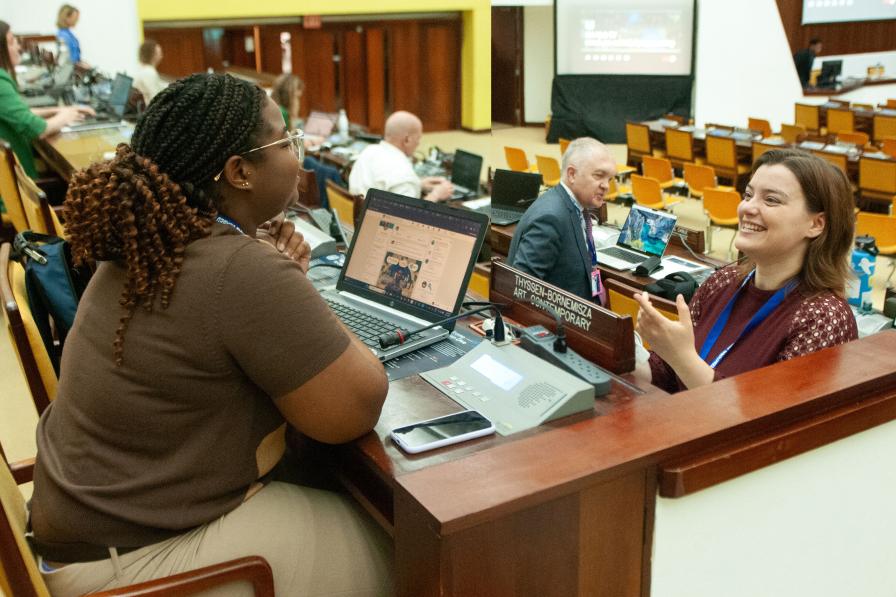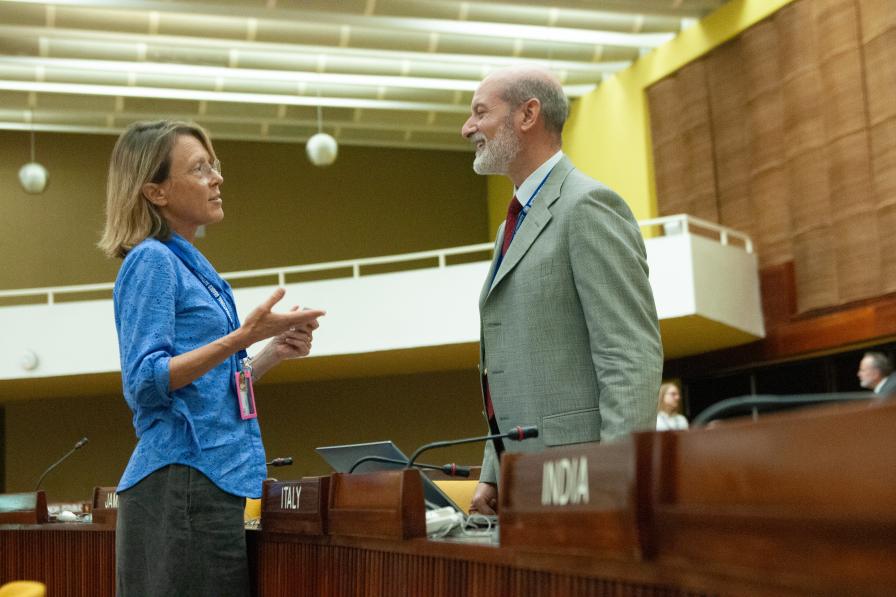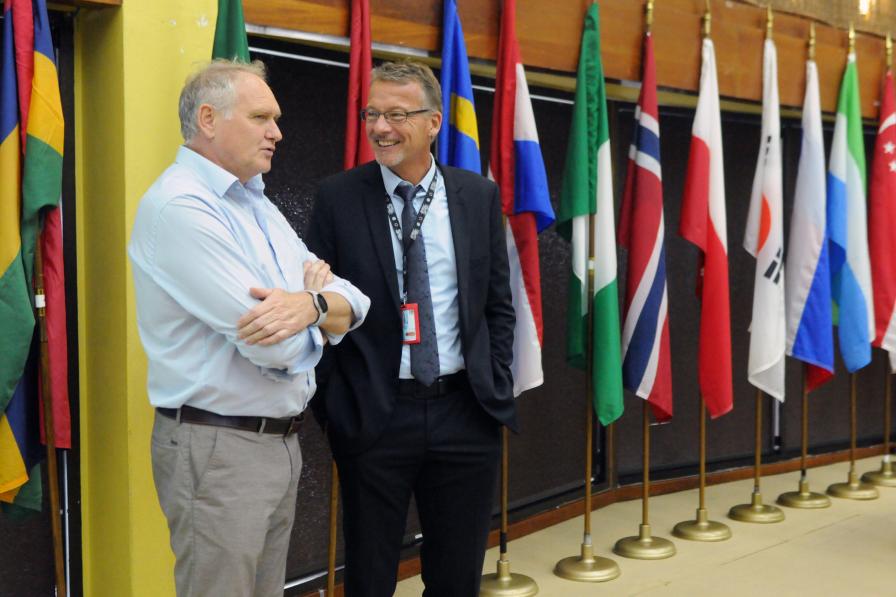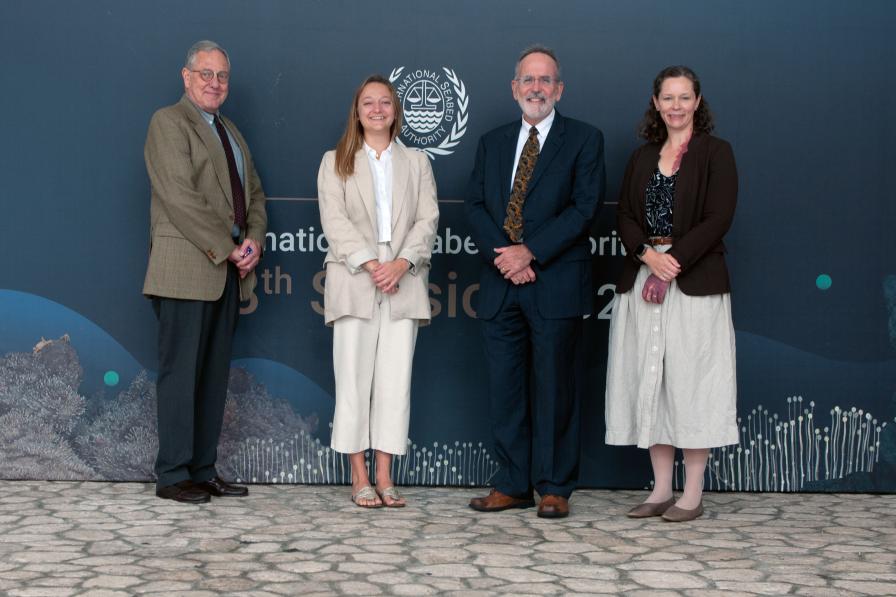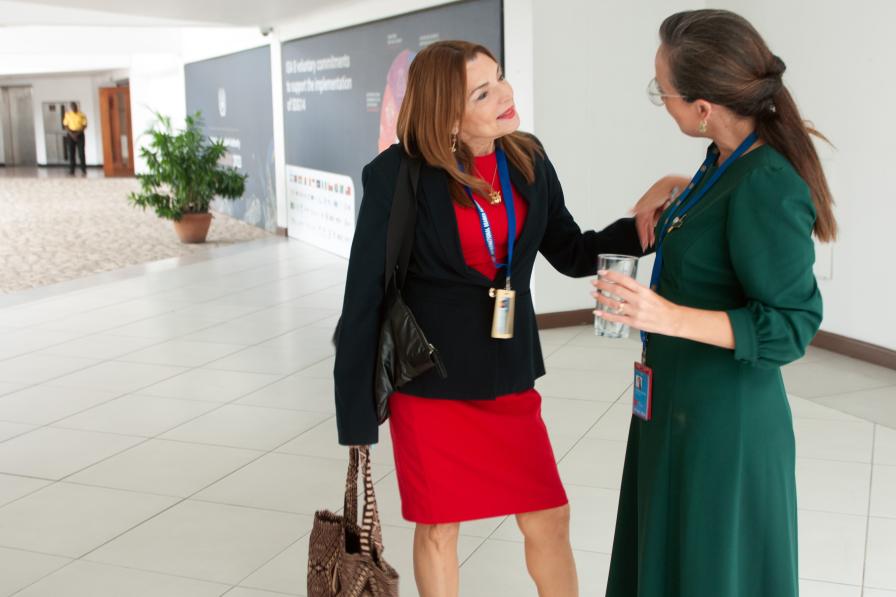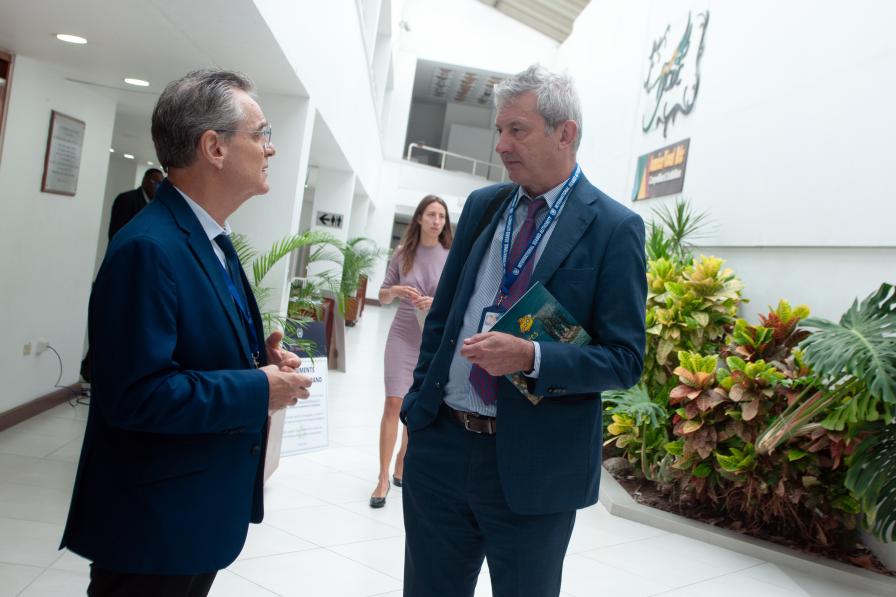Environmental concerns over deep-sea mining, one of the most important lines of work of the International Seabed Authority (ISA), dominated Thursday’s negotiations. Under the guidance of Raijeli Taga (Fiji), Facilitator of the Informal Working Group on the protection and preservation of the marine environment, delegates began with the annexes of the fourth revised text, prior to returning to deliberations on the exploitation regulations.
Offering general comments on the annexes, many delegates underscored that key, high-level provisions should remain in the annexes of the regulations, while detailed requirements should be moved under the section on standards and guidelines. Some distinguished between binding obligations that should be placed under a standard and non-binding ones that should be assigned under a guideline. A few delegates emphasized that standards and guidelines have received limited attention in the negotiation process so far.
On Annex IV (environmental impact statement), many delegations supported moving some sections and details into a standard. Some drew attention to the section on environmental impact assessments (EIAs) under the Agreement on biodiversity beyond national jurisdiction (BBNJ Agreement). An intersessional group, coordinated by the Netherlands and the UK, will continue to further streamline the annex.
On Annex VII (environmental management and monitoring plan (EMMP)), many delegates suggested the content be placed under a standard or guideline, while some underscored that placement under a guideline would not be appropriate, given that the template should be binding.
On Annex VIII (closure plan), some delegates noted that, given the closure plan will be submitted in the distant future, specific details on restoration and rehabilitation should be placed under a standard to allow updating while ensuring its binding nature.
On Annex Xter (design criteria for impact reference zones (IRZs) and preservation reference zones (PRZs)), some delegates suggested moving the content under a relevant standard. Some emphasized the criteria should be included in the exploration regulations. They expressed divergent opinions on whether IRZs and PRZs should be placed within or beyond the limits of the contract area, and the potential establishment of joint IRZs and PRZs for different sub-regions or different contractors. Many underscored that a provision noting that “post-mining monitoring shall continue until ecosystem function returns to the level of the pre-mining condition,” is impossible to meet in human timescales.
Council members then addressed the schedule, use of terms, and scope. Some delegates underscored the need to add definitions for “impact” and “effect.” Several suggested that the definition of “cumulative environmental effects,” be reviewed in light of the one used in the BBNJ Agreement. A delegate suggested defining “impacted area” and “harm.” An observer pointed out that “serious harm” had not been sufficiently discussed.
Facilitator Taga then invited delegations to resume discussions on the draft regulations. On general obligations (regulation 44), many members expressed concerns about a provision requesting states, including flag states, to take measures to ensure the protection of the marine environment, stressing that the regulations only apply to ISA members. Some delegations suggested adding a reference requesting contractors to register their vessels with flag states that are ISA members, while others noted this may not be legally feasible. A few suggested reinstating references to the mitigation hierarchy and integrating traditional knowledge in decision making.
On regulation 44bis (regional environmental management plans (REMPs)), many delegates suggested reinstating the original formulation, noting that the Legal and Technical Commission shall only consider an application for a plan of work if a REMP has been adopted by the Council for the particular area and type of resource. A delegate noted that the legal status of REMPs remains unclear. Another suggested that, in the event of an application for a plan of work where no REMP exists, that REMP should be prioritized and developed without undue delay in a period not exceeding one year. Others emphasized that placing temporal deadlines on the development of a REMP is not appropriate.
On regulation 45 (development of environmental standards and guidelines), delegates discussed a provision noting the ISA shall not approve any exploitation contract unless the environmental standards and guidelines have been adopted. Some highlighted the Council decision for the development of standards and guidelines in stages, including those that are recommendatory in nature. Members further expressed divergent opinions on a reference to new contributions from Indigenous Peoples and local communities regarding the regular review of standards and guidelines. Observers requested reference to greenhouse gas emissions to the list of thresholds to be developed.
Delegates expressed different views on environmental management systems (regulation 46), regarding the periodicity of the audits. Many showed flexibility to move the details to a standard. Others requested further streamlining, pointed to duplications with other regulations.
Several members supported further streamlining the regulations on environmental monitoring (regulation 46 bis) and on the EMMP (regulation 46 ter). Many noted lack of clarity about each one’s purpose and duration. Some noted the importance of maintaining the reference to independent experts. An observer highlighted that technology allows provision of environmental data and information in real time.
On the EIA process (regulation 47), many delegates welcomed the intersessional work members expressed divergent opinions on the need for an independent scientific assessment prior to the submission of the environmental impact statement. A few delegates further suggested adding reference to synergistic effects, and discussed references to underwater cultural heritage, with some noting that actively searching for such heritage falls outside the scope of contractors’ obligations.
Facilitator Taga thanked all delegates, invited written submissions, and closed the working group meeting.
To receive free coverage of global environmental events delivered to your inbox, subscribe to the ENB Update newsletter.
All ENB photos are free to use with attribution. For the 3rd Part of the 28th Annual Session of the ISA, please use: Photo by IISD/ENB | Diego Noguera
Informal Working Group on the Protection and Preservation of the Marine Environment
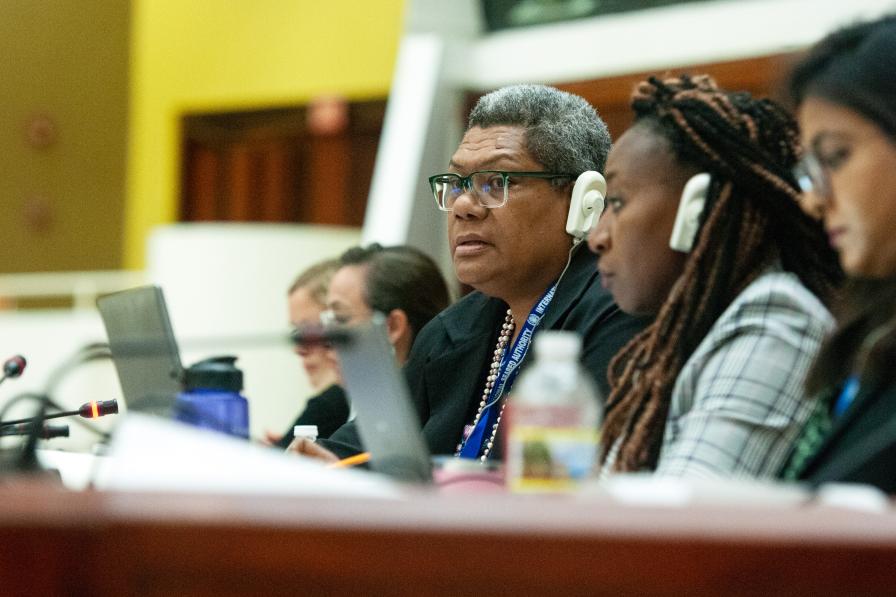
Raijeli Taga, Fiji, Facilitator of the Informal Working Group on the protection and preservation of the marine environment

(L-R) Mariana Durney and Lea Kolmos Weis, ISA Secretariat; Raijeli Taga, Fiji, Facilitator of the Informal Working Group on the protection and preservation of the marine environment; Talatu Akindolire and Tamanna Tabassum Khan, ISA Secretariat
